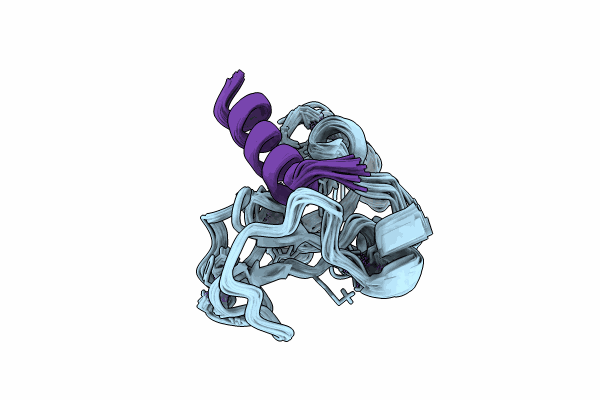
Deposition Date
2024-02-27
Release Date
2024-06-19
Last Version Date
2024-06-19
Entry Detail
PDB ID:
9ATN
Keywords:
Title:
NMR structure of the MLL4 PHD2/3 fingers in complex with ASXL2
Biological Source:
Source Organism:
Homo sapiens (Taxon ID: 9606)
Host Organism:
Method Details:
Experimental Method:
Conformers Calculated:
60
Conformers Submitted:
15
Selection Criteria:
structures with the lowest energy


